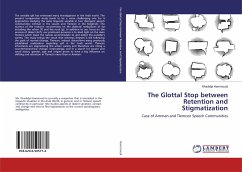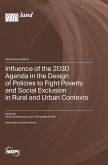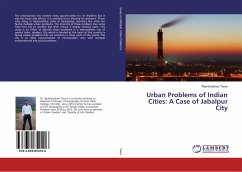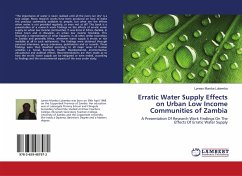The variable qàf has witnessed many investigations in the Arab world. The present comparative study tends to be a more challenging one for it approaches studying the same linguistic variable in two divergent speech communities: Amman in the Levant and Tlemcen in the Maghreb. The nucleus of the research concentrates on the dialectal realizations of (q) including the urban [ ] and the rural [g]. In addition to our focus on the process of dialect shift, our profound province is to shed light on the main motives which make the natives accommodate to and adopt the outsider's variety. The study brings the result that whereas Amman is still following the path of normal change, Tlemcen, indeed, disconfirms many previously established realizations regarding qàf in the Arab world. Tlemcen informants are stigmatizing the urban variety and therefore are riding a counterhierarchical change. Interestingly, and in a search for power and social status, gender, age and origins prove to have a biginfluence on shifting and retention in Tlemcen more than in Amman.








